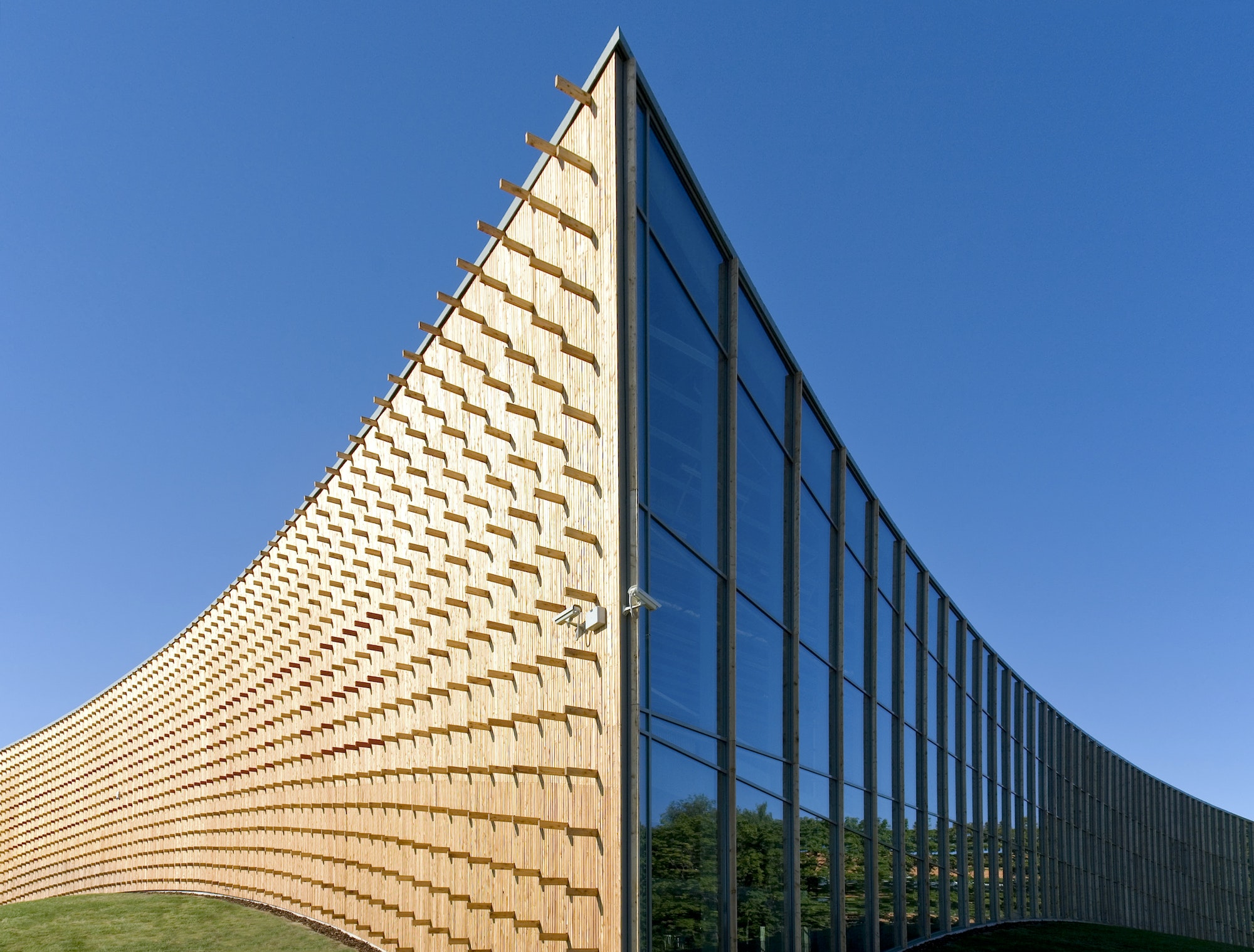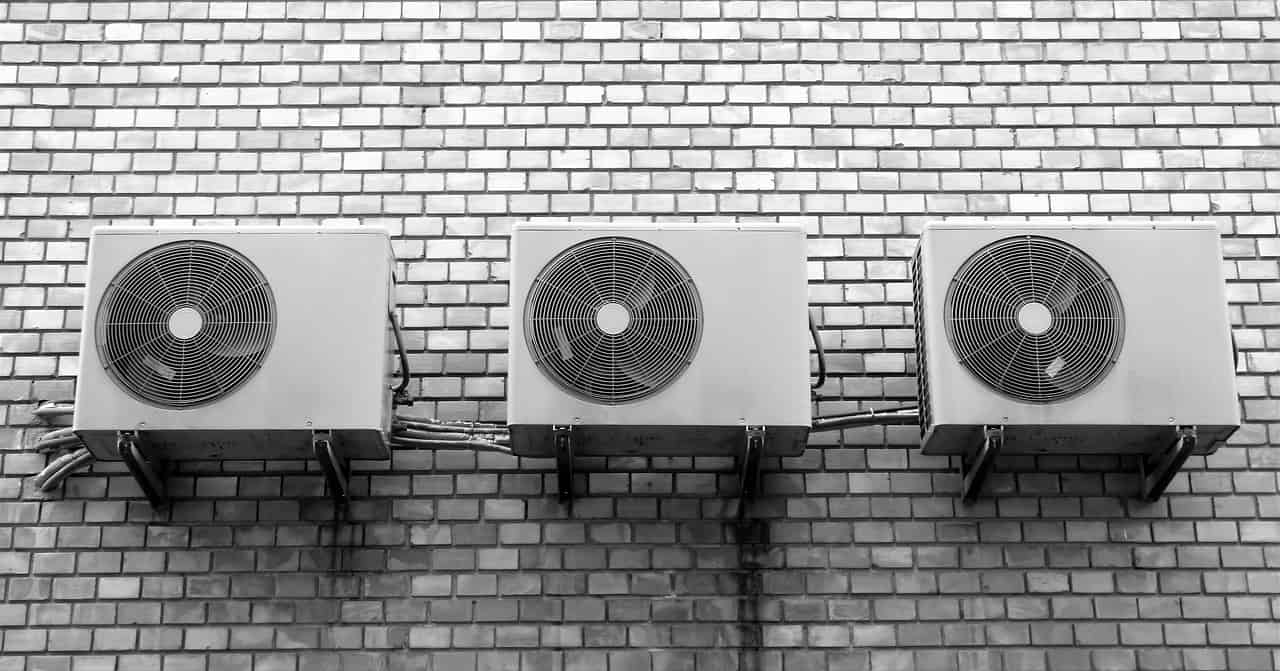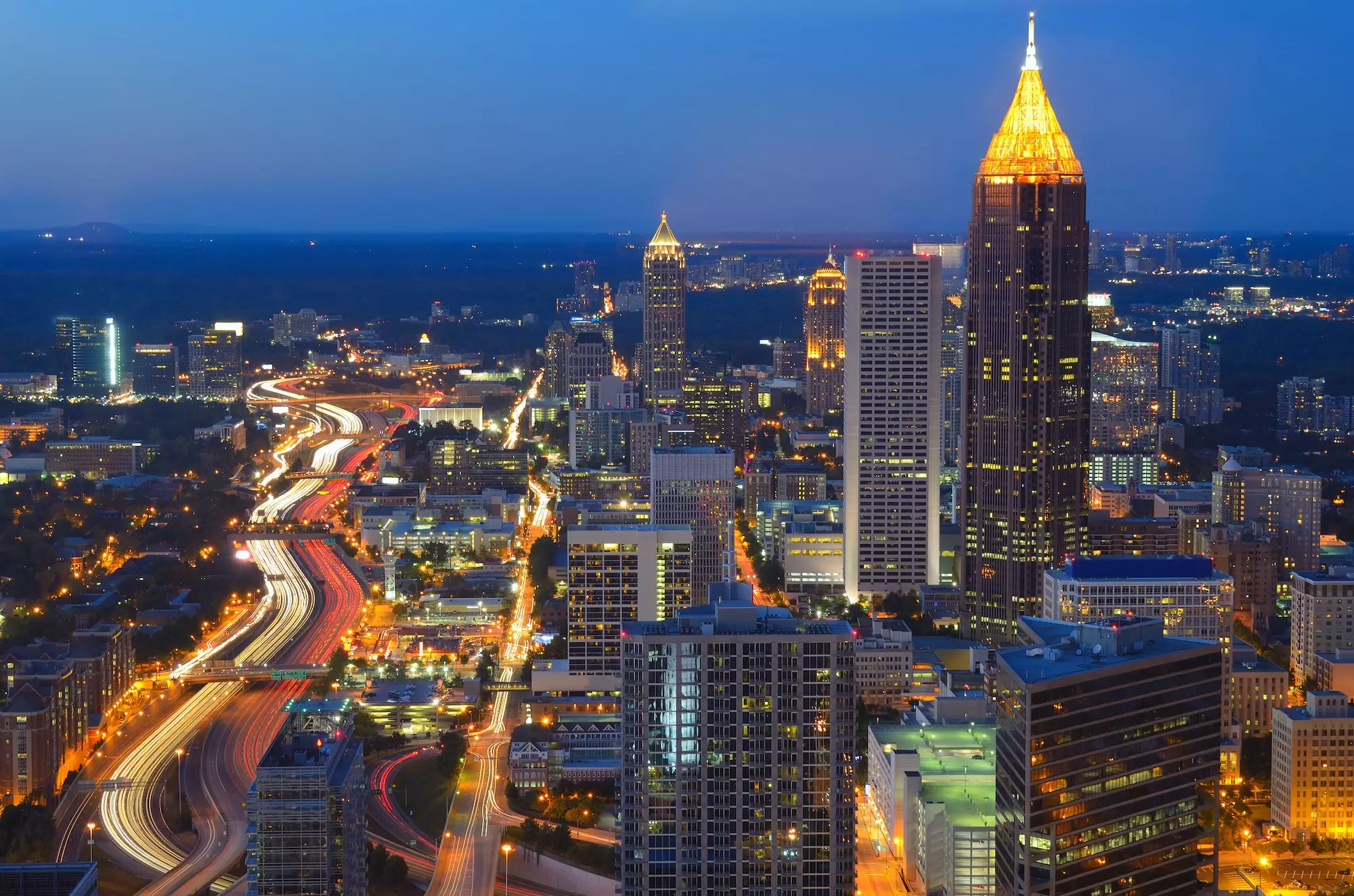The latest innovations in the construction sector and engineering fields emphasize the value of using natural elements in residential buildings. But this doesn’t imply that homeowners don’t have to safeguard their facilities from external elements.
While trendy and attractive windows and houseplants can add an outdoorsy vibe to your home, you must protect your property from elements like rain, wind, moisture, and variations in temperature.
Cladding systems, referred to as sidings in some countries, serve as the protective layer of buildings. These construction materials shield the interiors and structural features against various exterior problems.
In most cases, claddings are composed of multiple layers, such as insulation, vapor barriers, the wall’s outer surface, and so on.
Many suppliers and manufacturers offer different cladding systems, and each one has its distinctive qualities and advantages.
Building claddings are investments that will improve the durability, and energy efficiency of any structure, so you will have to equip yourself with the knowledge that will enable you to make the right choice.
This article will guide you on cost-saving building options that you should use in your projects.
Brick Cladding
Bricks are widely utilized in cladding systems. Besides their elegant look, they are easily accessible, and many builders are skilled in using bricks for walls in their projects.
Benefits
Brick claddings are manufactured from naturally occurring elements, like burnt clay soil. These building cladding systems don’t need any painting, and they are highly durable. Bricks provide a good thermal mass for collecting heat in solar-efficient houses.
The space between the wall panels and the brick cladding offers better insulation for the building. Many building material suppliers and businesses manufacture bricks from recycled materials like fly ash, which is a byproduct of coal-fired power plants that can lower carbon emissions.
Drawbacks
The main environmental issue with brick-building cladding systems is the high energy costs required, given that the material is heated up in a ceramic kiln for the manufacturing process. The mortar used for bonding bricks is made of cement, and its environmental impact contributes to 5% of global carbon dioxide emissions.
Wood cladding
Wood cladding is manufactured from both traditional timber wood and a mixture of aluminum and plastic. It is another functional cladding product commonly used in today’s construction industry. It comes in numerous options, such as board and batten, bevel, clapboards, tongue and groove, shake, and shingle. There are many kinds and species of wood cladding available, including cedar, pine, and redwood.
Benefits
The biggest benefit of wood cladding is that it is ethically sourced and manufactured from sustainable resources. FSC-certified wood cladding that is sourced and processed from forests that are managed sustainably. Furthermore, suppliers and manufacturers of building materials cover these claddings with sealants to increase their longevity and resistance to pests and moisture.
Drawbacks
Non-FSC-certified wood may have been sourced unethically through the illegal felling of trees in forests across the world. This can negatively impact the environment. To resist the elements and ward off pests like termites, the majority of wood products need to be coated with other products. These products may be created with toxic substances that emit harmful VOCs. Consider eco-friendly cladding options like cladding made with PVC materials.
Metal cladding
Metal Cladding is a long-lasting and low-maintenance building component. Some types of metal cladding are made with aluminum, zinc, copper, and galvanized steel. They come in a variety of architectural designs and finishes.
Benefits
The main benefits of metal cladding are easy upkeep and durability. They can serve you for many years if installed properly. They are impervious to moisture or snow and won’t encourage fungal growth or mold. They are resistant to insects, implying that homeowners won’t need to invest time and resources in coating their siding.
Drawbacks
Manufacturing metal cladding involves mining activities, so it’s not always ecologically friendly. Yet, the positive thing about these building coverings is that they’re fully recyclable. Today, many businesses offer recycling services for metal roofing and cladding panels.
Another drawback of metal cladding is that it is susceptible to dents.
PVC Composite cladding
Composite cladding is an easy-to-maintain outdoor product mostly manufactured from wood shavings, leftover lumber, and other recyclable materials. Binding agents usually are low in volatile organic compounds, so there is minimal waste from production.
Composite cladding is made to resemble the natural look of real wood. Generally speaking, it is less susceptible to moisture, dirt, and weather conditions.
Benefits
Composite cladding is durable, compact, easy to maintain, and affordable. In contrast to options, composite is impervious to moisture, pests, and fire. It neither expands, fades, nor contracts.
While previous generations of composite cladding had moisture-related malfunctions, an enormous amount of research and development has improved its resilience and longevity.
Drawbacks
Composite cladding is still a relatively new product. There is very little data on investment return throughout the product’s lifespan, and warranties usually vary.
Discover more from Futurist Architecture
Subscribe to get the latest posts sent to your email.

![modern apartment [article_title]](https://www.futuristarchitecture.com/wp-content/uploads/2025/03/9-Avant-Garde-Tips-to-Rogue-ify-Your-Platform-Bed-Style-900x600.jpg)

